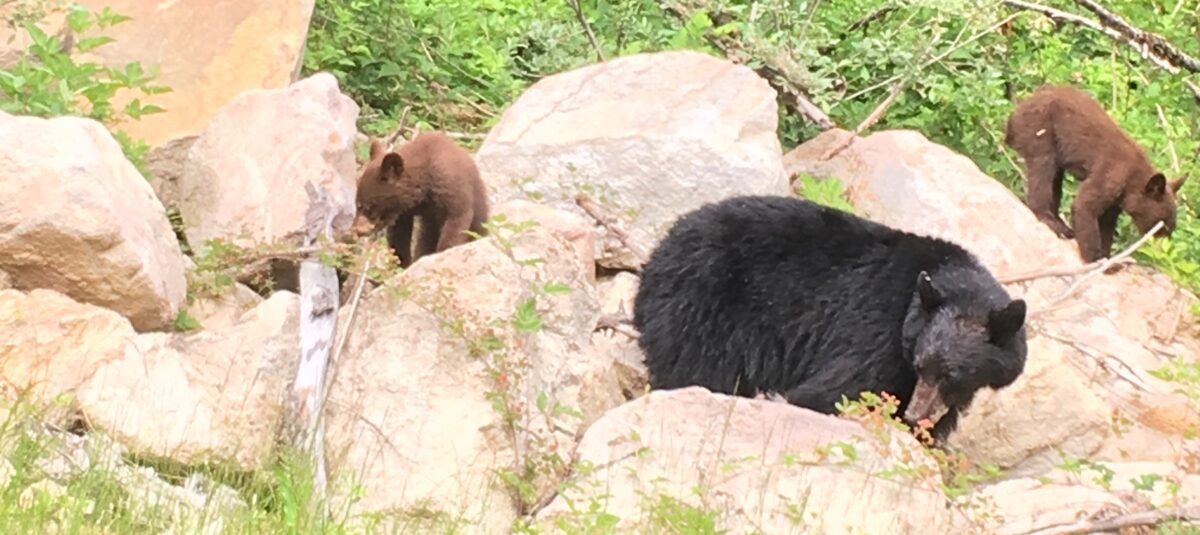Habitat Conservation Plan

What is a Habitat Conservation Plan?
A Habitat Conservation Plan describes how an organization that operates a project, such as a water supply system, plans to minimize and mitigate for any “take” that may result from the project. An incidental take permit is required to protect threatened or endangered species, and a Habitat Conservation Plan must accompany the permit application. The federal Endangered Species Act defines “take” as any activity that harms a threatened or endangered species.
Tacoma Water prepared the Habitat Conservation Plan as part of its application to the U.S. Fish and Wildlife Service and the National Marine Fisheries Service for a 50-year incidental take permit for its water supply operations on the Green River. The permit will ensure that the utility operates in full compliance with the requirements of the Endangered Species Act and will allow the utility to continue to withdraw water from the Green River for public health and safety, as well as the needs of homes and businesses.
Tacoma Water, the U.S. Fish and Wildlife Service and the National Marine Fisheries Service held a number of public information meetings and public hearings where people could comment on the Habitat Conservation Plan and the related Environmental Impact Statement and implementation agreement. The two federal agencies received 73 comment letters on the documents from individuals, non-governmental organizations, federal, state and local governments, and tribes.
What are the benefits of the plan?
The Habitat Conservation Plan provides a number of benefits for fish and wildlife as well as water users in the Central Puget Sound region. The plan:
- Provides for fish passage into and out of the upper Green River Watershed. Passage was blocked to salmon in 1911 when Tacoma Water built its facilities that divert water from the river to the pipeline to Tacoma. The facilities are at river mile 61 near the community of Palmer in east King County.
- Provides enhanced flows at critical times for fish in the Green River downstream of Tacoma Water’s diversion facilities.
- Serves as an umbrella for a number of agreements for river operations, water supply operations and forest and land management to ensure a consistent approach to fish and wildlife protection.
- Ensures that Tacoma Water will be able to continue to supply water to some 300,000 people in Tacoma and Pierce and south King counties in an environmentally responsible manner.
What species does the plan cover?
The plan covers 32 species of fish and wildlife that are known to either use, or have the potential to use, the Green River watershed. Of the 32 species:
- One is listed as endangered (gray wolf)
- Eight are listed as threatened (bald eagle, marble murrelet, northern spotted owl, grizzly bear, Canada lynx, Chinook salmon, steelhead trout, bull trout)
- One is listed as proposed threatened (Dolly Varden trout)
- One is a candidate for listing (Oregon spotted frog)
- 22 are either species of concern or have no listing status
What are some of the features of the plan that protect fish and wildlife?
- Adult salmon and steelhead will be re-introduced into the Green River above the U.S. Army Corps of Engineers’ Howard Hanson Dam. Read about the Howard Hanson Dam water storage project and the downstream fish passage facility.
- Juvenile fish will be able to pass through Howard Hanson Dam by way of a juvenile bypass facility.
- River flows downstream of Tacoma Water’s diversion facilities will be managed to better protect fish.
- Gravel and wood from the upper watershed that would be moved downstream by the river if Howard Hanson Dam did not exist to provide flood protection will be placed downstream of Tacoma’s water diversion.
- An extensive monitoring program will provide biologists and river managers with information on how fish and wildlife respond to the plan’s conservation measures.
- The adaptive management component of the plan will allow for alterations to flow and habitat structures to improve their fish habitat functions.
Read our Habitat Conservation Plan Executive Summary, or the entire plan: Volume 1, Volume 2.

